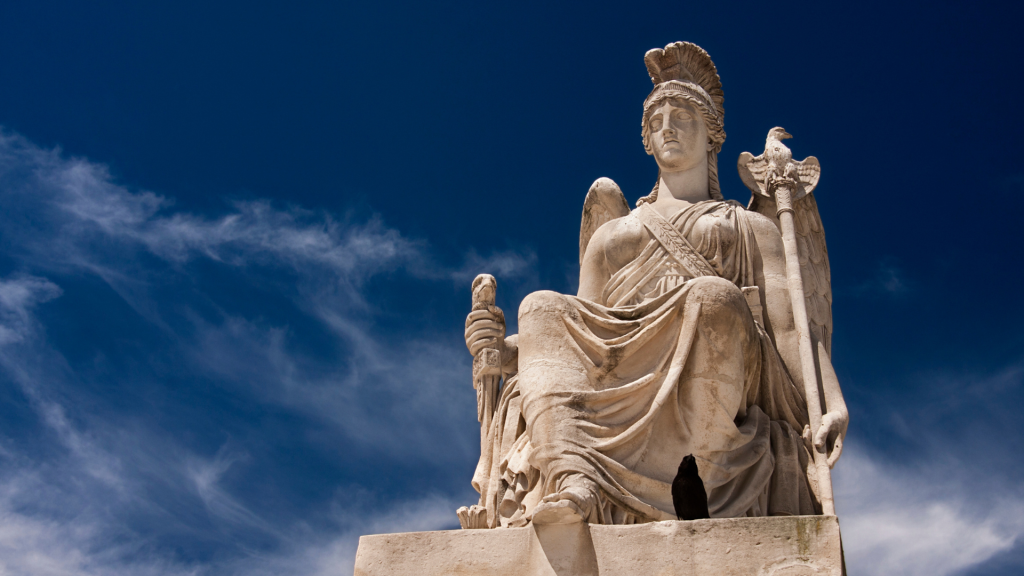Street art has transformed urban spaces into vibrant canvases that reflect the complexities of contemporary culture. As a form of human expression, it serves not only as a creative outlet but also as a commentary on societal issues, making it a powerful tool for change. The cultural significance of street art lies in its ability to give voice to the marginalized and challenge the status quo, all while engaging communities in meaningful dialogue.
In cities around the world, murals, graffiti, and installations contribute to the unique identity of neighborhoods, enriching urban culture. Artists, often emerging from the communities they depict, use their work to tell stories that resonate with local experiences, giving color and meaning to otherwise overlooked spaces. Through this lens, street art becomes more than mere decoration; it is an integral part of the cultural fabric that shapes how people perceive and interact within their environments.
As street art continues to evolve, it opens up new discussions about ownership, authenticity, and the role of art in public spaces. The fluidity of this art form allows for an ongoing exploration of identity and community, pushing boundaries in both artistic expression and social commentary. Its impact can be seen in the way it invites viewers to reconsider their surroundings and engage in a broader conversation about culture and society.
History and Evolution of Street Art
Street art reflects the dynamic interplay between society and artistic expression. Its progression from vandalism to respected cultural commentary illustrates the shifting perceptions of urban creativity.
Origins of Graffiti and Urban Art
Graffiti emerged in the late 1960s and 1970s as a form of self-expression, primarily in urban environments. Initially, it was often associated with tagging, where individuals marked their names or symbols on public spaces.
Early practitioners sought to claim personal or group identity within the urban landscape. The rise of hip-hop culture significantly influenced graffiti, merging music, dance, and visual art into a cohesive form of expression. As cities evolved, so did the complexity and purpose of graffiti, forming a narrative that reflected societal issues.
Rise of Artists and Their Influence
With the turn of the century, street art gained recognition through artists like Banksy, Shepard Fairey, and Invader. These figures elevated the medium by incorporating socio-political themes and diverse artistic styles into their works.
Banksy’s provocative pieces often challenge authority and social norms, prompting public discourse. Shepard Fairey’s iconic “Hope” poster during the 2008 Obama campaign showcased the potential of street art in political movements. This expansion solidified street art’s place as a legitimate art form.
Street Art and Pop Culture
Street art has further integrated into pop culture through exhibitions in galleries and museums. Institutions began showcasing works by street artists, blurring the lines between traditional art and urban self-expression.
Art fairs and festivals dedicated to street art fostered wider appreciation and recognition. This increased visibility allowed artists to gain fans beyond their local communities. As a result, street art has not only transformed physical spaces but also influenced advertising, fashion, and music, reinforcing its significance in contemporary culture.
Cultural Impact and Significance
Street art has emerged as a powerful form of expression, often reflecting the identities of communities and serving as a catalyst for social change. This art form occupies public spaces, challenging norms and broadening the conversation around contemporary issues.
Expression of Identity and Community
Street art serves as a canvas for expressing personal and collective identities. Artists often draw inspiration from their surroundings, using their work to tell stories that resonate with local communities. Murals and graffiti can capture cultural narratives and historical moments, giving voice to marginalized groups.
This art form promotes a sense of belonging, as local residents identify with the imagery and messages portrayed. Street art, through its vibrant colors and bold designs, transforms urban landscapes into reflections of culture and heritage.
Art as a Medium for Activism and Social Change
Many street artists use their work as a platform for activism, addressing pressing social and political issues. They create pieces that tackle topics such as inequality, racism, and environmental concerns, provoking thought and inspiring action.
This form of art thrives in public spaces, reaching diverse audiences and fostering dialogue. It often sparks conversations that challenge societal norms and encourage viewers to reflect on their roles within the community. Through bold statements and visual stories, street art becomes a catalyst for change.
Recognition and Integration into the Mainstream
In recent years, street art has garnered recognition in the art world, with institutions and collectors acknowledging its value. Major art festivals now feature street artists, showcasing their work alongside traditional art forms.
As street art gains acceptance, it continues to influence contemporary culture, merging with various artistic movements. The integration of street art into galleries emphasizes its significance as a legitimate art form, bridging the gap between public and private spaces. This evolving landscape reinforces the role of street art in shaping cultural discourse.
Styles and Techniques
Street art showcases a wide array of styles and techniques, reflecting the diversity of its culture and the individuality of its artists. Key approaches include stencil art, stickering, and muralism, each contributing uniquely to the urban landscape.
Diversity of Forms: Stencil, Stickering, and Installations
Stencil art is characterized by its precision and repeatability. Artists utilize cut-out templates to spray paint images onto surfaces, allowing for quick production and widespread execution. This technique often features striking visuals combined with social or political messages.
Stickering involves placing graphic or adhesive stickers in public places. This method allows for easy distribution and engagement with the audience, often leading to guerrilla marketing or playful commentary on social issues. Urban installations further enrich street art by transforming environments using everyday items in creative ways, promoting interaction and public dialogue.
Aerosol Art and the Emergence of Muralism
Aerosol art, commonly known as graffiti, utilizes spray paint to create vibrant works on varied surfaces. This technique gained popularity in the late 20th century, evolving from simple tags to complex compositions. Artists often blend colors and styles, showcasing individual techniques and narrative themes.
Muralism represents a significant evolution in the street art movement. Large-scale murals adorn city walls, often telling stories or depicting important cultural themes. They not only enhance urban aesthetics but also invite community engagement and reflection. Muralists frequently collaborate with local neighborhoods, ensuring that their work resonates with the surrounding environment.
Geographical Hotspots and Notable Scenes
Street art thrives in various locations around the world, each offering unique elements that contribute to its significance. Key cities are recognized for their vibrant urban art scenes and festivals that celebrate this dynamic form of expression.
Notable Cities for Street Art
Los Angeles is a prominent hub for street art, featuring works by renowned artists like Shepard Fairey. The annual Los Angeles Street Art Festival showcases diverse styles, drawing numerous visitors eager to experience its cultural impact.
Philadelphia has a rich history of muralism, with over 4,000 murals displayed throughout the city. The Mural Arts Philadelphia program plays a critical role in fostering community engagement through urban art, enhancing the city’s cultural landscape.
New York City, often considered the birthplace of street art, hosts iconic pieces in areas like Bushwick and Williamsburg. Festivals like the Bushwick Collective Block Party celebrate local talent and attract international attention, reinforcing NYC’s status as a leader in the art scene.
Each of these cities demonstrates how street art serves not only as a creative outlet but also as a reflection of community identity and social issues.




